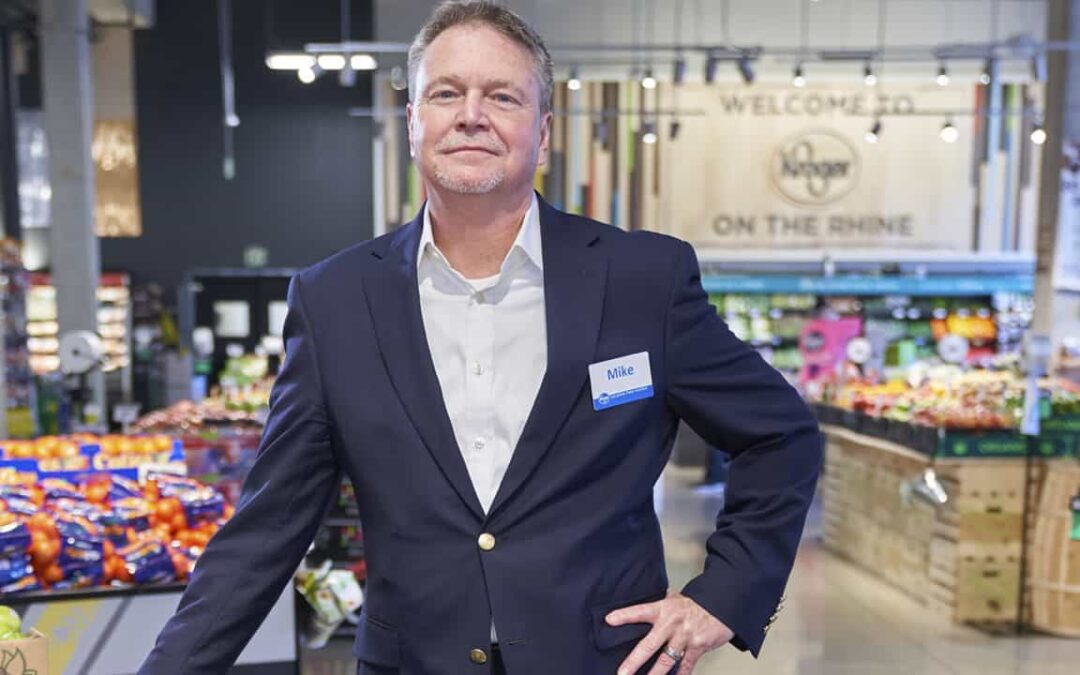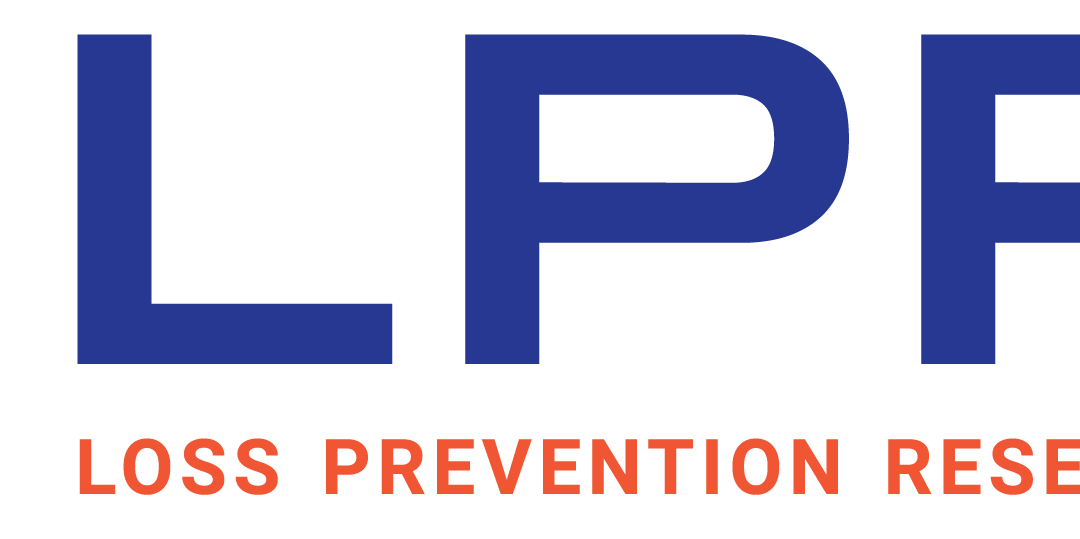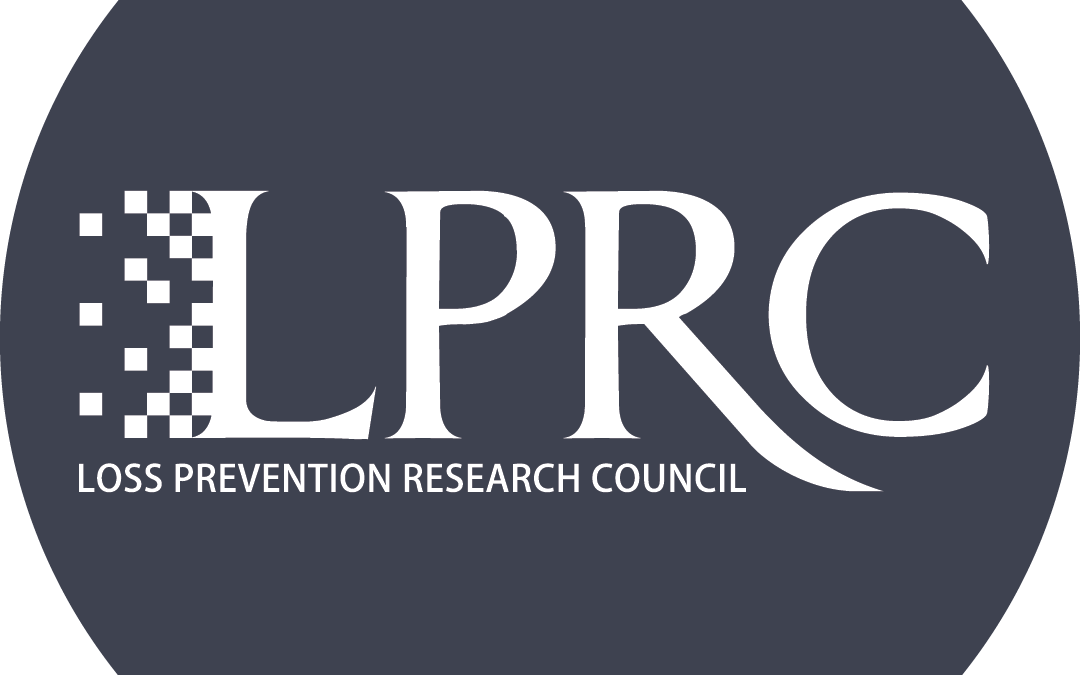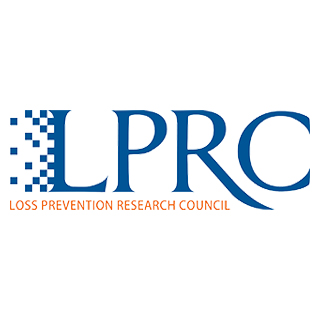
by Diego | Apr 1, 2024 | News, Community, LPRC Article, Press Release
Renowned Asset Protection Leader Mike Lamb Selected as LPRC’s INNOVATE Program Senior Advisor GAINESVILLE, April 1st, 2024- Retail crime victimization continues to create dangerous conditions. According to retailer incident data crime events are increasing requiring...

by Bryan | Sep 26, 2023 | News, Community, LPRC Article, Press Release
Increasing Theft and Violence Continue to Harm Retailers, Retail Workers, and the Communities they Serve Gainesville, Florida, September 26, 2023 – According to the National Retail Federation’s 2023 National Retail Security Survey (NRSS), retail crime continues...

by Bryan | Jan 11, 2022 | Community, LPRC Article, News, Press Release
LPRC and ISCPO Partnership Press Release: With disruptions causing over $4 trillion dollars in profit loss according to Reuters, supply chain challenges continue to affect retailers, manufacturers, and other logistics companies alike. Strategic partnerships and...

by Bryan | Nov 22, 2021 | Community, LPRC Article, Press Release
Retail Crime Can Be Dangerous and Intimidating. Retail stores are a vital part of any community. They conveniently and quickly provide the goods local people want and need. And shops are places where residents work and build their careers. Finally, stores also provide...

by Bryan | Oct 9, 2019 | Community, LPRC Update, News
LPRC’s Working Group Awards are given to leaders and co-leaders who demonstrate strong participation, maintain a positive and interesting call environment, and whose deliverables affect a cross-section of retail formats. Their commitment and dedication improves...

by Bryan | Oct 8, 2019 | Community, LPRC Update, News
The LPRC Fellowship Award is given to those that exceed expectations through high-level performance and dedication on working groups or projects. We are proud to recognize these individuals for their participation in the LPRC. Our research and results community is...






